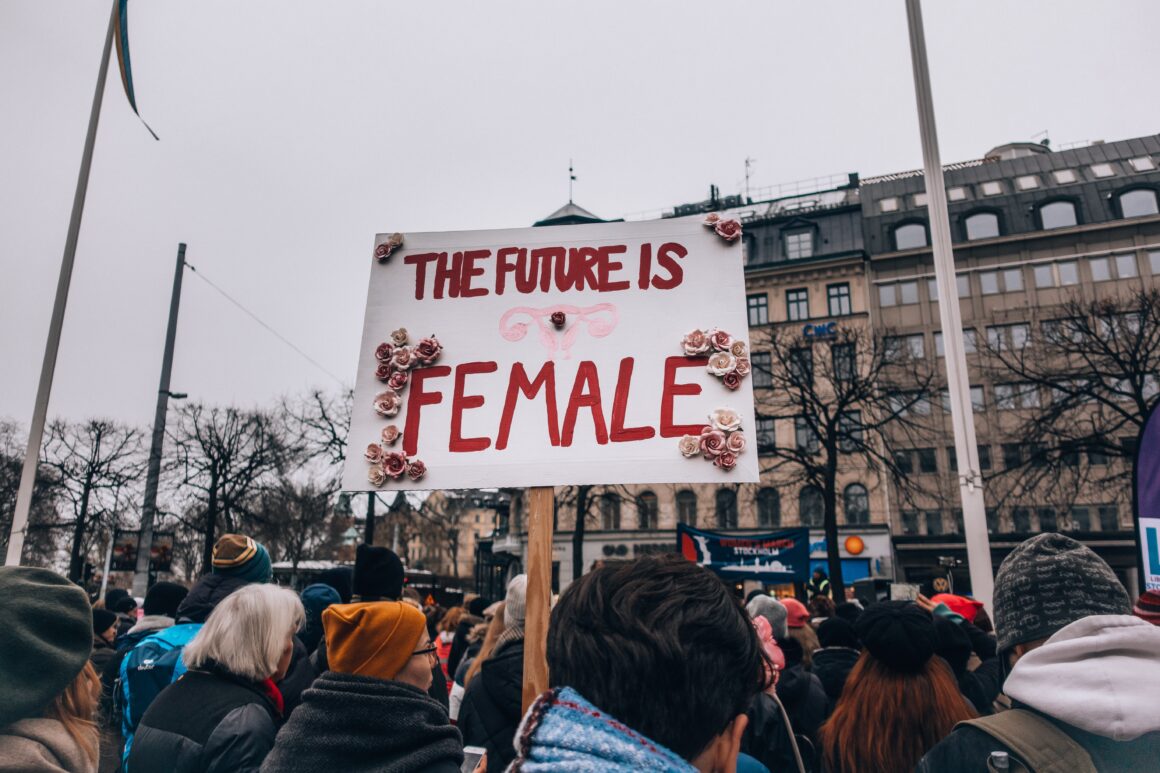For centuries, men have dominated the medical field. Because of this, the field has roots in sexism, making it difficult for women to either enter or receive help from it. When we allow sexist individuals to become medical professionals, girls and women alike continue to risk being undiagnosed, misdiagnosed, or even blatantly disregarded. This can lead to consequences for female patients, ranging from innocuous to life-threatening.
The ways that girls generally respond to neurodivergent conditions are usually different from how boys respond. However, the symptoms surrounding various neurodivergent conditions are usually built around male behavior rather than female behavior. Because of this, boys receive diagnoses more frequently and efficiently than girls.
Let’s take autism as an example. The Child Mind Institute reports that “more than four boys for every autistic girl, according to the latest numbers from the Centers for Disease Control.” However, this doesn’t necessarily mean that fewer girls have autism compared to boys. The difference in diagnoses can be attributed to ignorance as to what autism looks like in girls.

For a long time, the accepted truth was that “autism is primarily a condition among boys.” This meant that most research was conducted on males, leaving autistic girls unaccounted for. For years, medical professionals have used one template to help them identify autistic individuals. The problem with the chosen template is that it was based on a men, making it unsuitable for women. This has led to a large number of girls being written off as neurotypical, despite obvious red flags and the concerns of parents.
Girls often experience the same trouble when seeking a diagnosis for ADHD. Similar to autism, boys are more frequently diagnosed with ADHD than their counterparts. Knowable Magazine states that the “diagnosis rate has narrowed to 2.5 boys to every girl” as of 2020.
Like autistic girls, girls with ADHD don’t often regularly display their symptoms outwardly, resulting in misdiagnoses. A study done by Patricia Quinn, MD, and Manisha Madhoo, MD, in 2014 found that “females with ADHD may develop better coping strategies than males to mask their symptoms.” This means that the adults in the individual’s life may not notice that anything’s wrong, preventing her from receiving a diagnosis from a professional.

When professionals misdiagnose girls, this hinders them from receiving the help that they need to cope with their conditions. For example, “girls with ADHD suffer more anxiety and depression.” This means that if a girl isn’t diagnosed properly, then her mental and physical health are put at great risk. Girls with autism have been found to suffer with self-harm and eating disorders such as anorexia. Proper diagnoses can give these girls the help they need to manage their health and wellbeing, allowing them to live fulfilling lives.
Similarly, girls and women who experience chronic pain are likely to be disregarded by medical professionals. There’s a long history of females being seen as ‘emotional’ and ‘weak.’ Because of this, when females share their pain, they’re generally assumed to be exaggerating. Dr. Jennifer Wider shares that “‘studies show that doctors, regardless of gender, tend to undertreat female patients and take longer to administer medication to women.’” A study done by the National Institue of Health found that “women are 13 to 25 percent less likely to receive opioids when they are dealing with pain.” This statistic proves that a woman’s pain isn’t taken as seriously as a man’s, meaning that she doesn’t receive the help she needs to the full extent.
A prime instance of this is endometriosis. Woodruff Medical Training and Testing states that “women typically have to wait 10-12 years to receive a diagnosis because symptoms sound like severe menstrual pain.” During this decade of waiting, a woman’s mental and physical health are at risk, worsening their condition.
By now, it’s clear how females struggle to receive proper medical assistance. Girls and women are at risk of having their conditions ignored. As we continue into the 21st century, more research, new findings, and open-minds will hopefully ease these struggles. While it’ll be difficult to revamp a system that has been geared towards men for centuries, it’s our responsibility to put the work in so that future generations won’t have to face the same prejudices.
Featured Image via Pixabay


